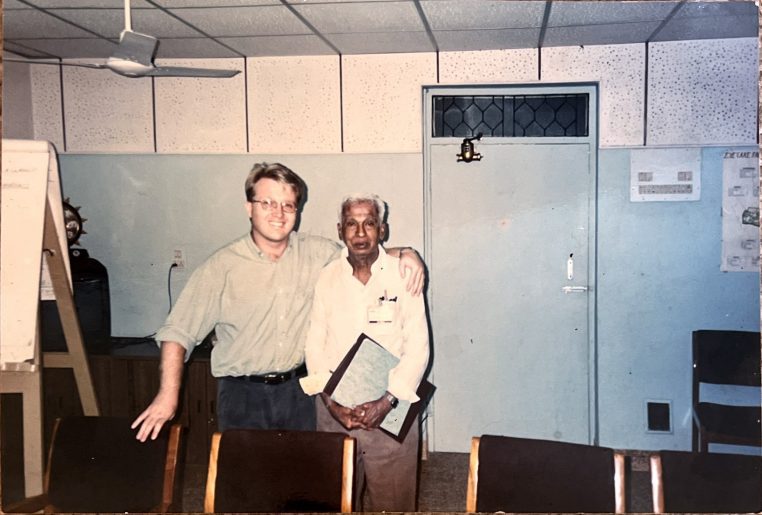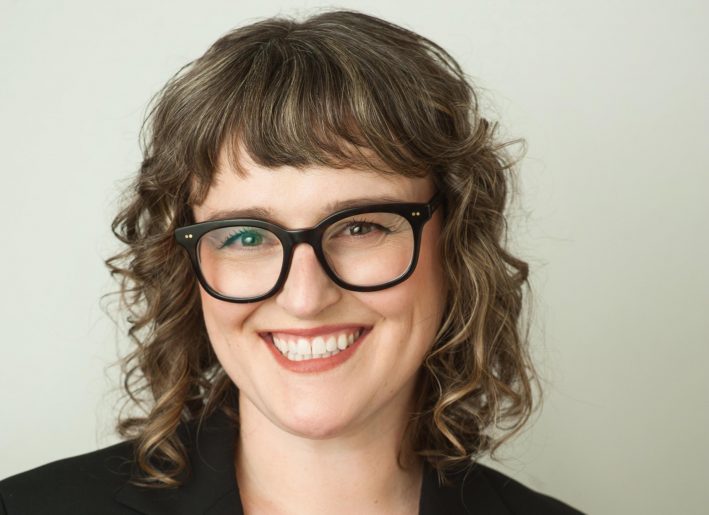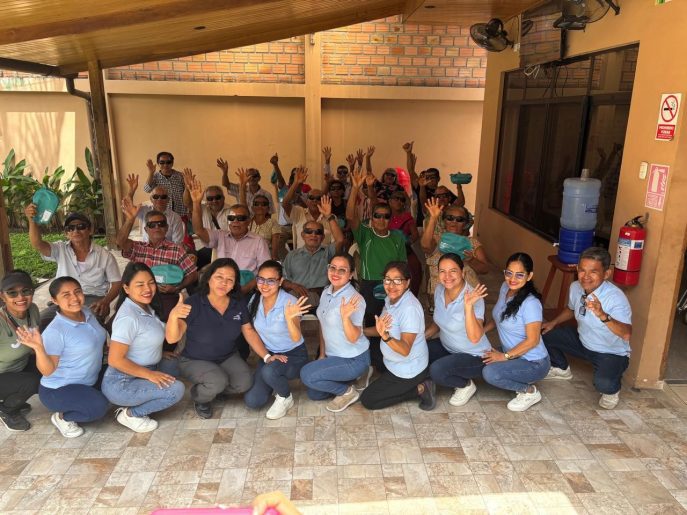Written by Dr Arvind Venkataraman
Glaucoma is increasingly becoming the main cause of blindness. It presents an even greater public health challenge than cataracts, because the blindness it causes is irreversible.
Glaucoma is the condition when rising pressure in eye causes damage to optic nerves that generally begins with a subtle loss of side vision (peripheral vision). The optic nerve receives light-generated nerve impulses from the retina and transmits these to the brain, where we recognise those electrical signals as vision. If glaucoma is not diagnosed and treated, it can progress to loss of central vision and blindness.
There are different types of glaucoma. Most common ones are open angle glaucoma and angle closure glaucoma. Open angle glaucoma is the most common type and is known as ‘silent killer of vision’.
There won’t be any symptoms in the early stage. Moreover, its frequency increases greatly with age. It can be diagnosed by checking the eye pressure.
Angle-closure glaucoma is a less common form of glaucoma. In angle-closure glaucoma, the patient’s intraocular pressure can go up very suddenly (acutely). This sudden pressure increase occurs because the drainage angle becomes closed and blocks off all the drainage channels. This type of glaucoma is more common in far-sighted individuals (Hyperopia).
Patients with open-angle glaucoma in general have no symptoms in the early stage. But later, patients experience eye pain, headache and see halos around light bulb and redness, especially during the night.
Although nerve damage and visual loss from glaucoma cannot usually be reversed, glaucoma can generally be controlled. That is, treatment can make the intraocular pressure normal and, therefore, prevent or retard further nerve damage and visual loss. Treatment for glaucoma involves using eye drops, laser treatment and surgery (optional).
There are several forms of laser therapy for glaucoma. One is laser iridotomy, which involves making a hole in the coloured part of the eye (iris) to allow fluid to drain normally in eyes with narrow or closed angles. Laser trabeculoplasty is a laser procedure performed only in eyes with open angles.
Trabeculectomy is a delicate microsurgical procedure used to treat glaucoma.
It is the most commonly performed glaucoma surgery. Glaucoma shunt devices are artificial drainage devices used to lower eye pressure. This procedure may be performed as an alternative to trabeculectomy in certain types of glaucoma.
Not only are people above 40 years vulnerable to glaucoma, even children are vulnerable to the disease. Early diagnosis and treatment is the key to preserve sight in people with glaucoma. People with a family history of glaucoma, myopia, diabetes and hypertension need periodic eye checkup (at least every 6 months) to avoid unnecessary visual loss.
The writer is Chief Medical Officer with Vasan Eye Care Hospital, Chennai



